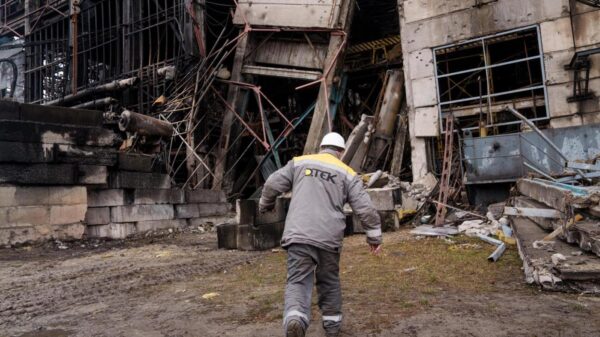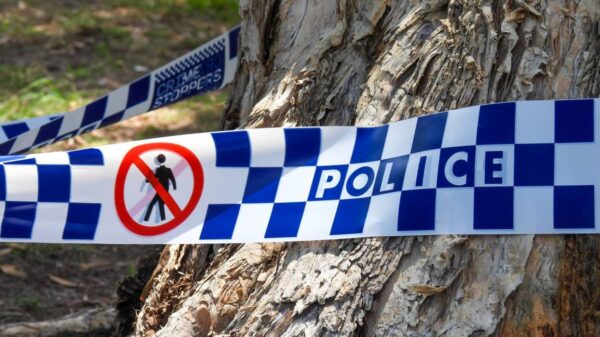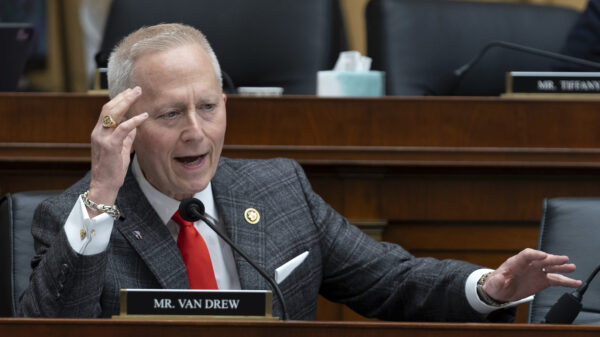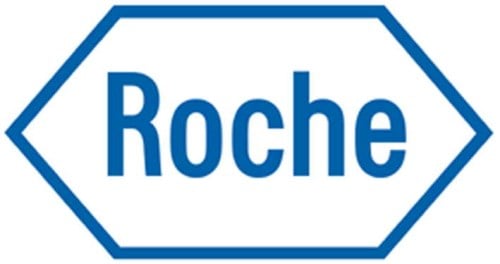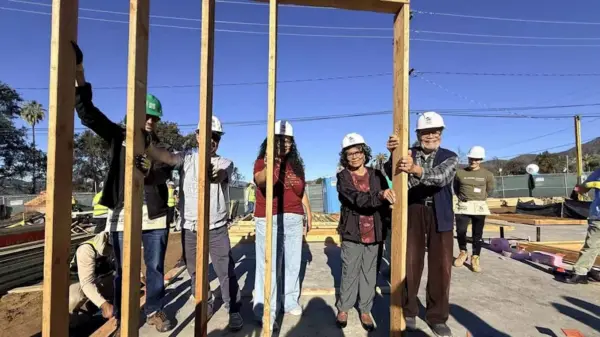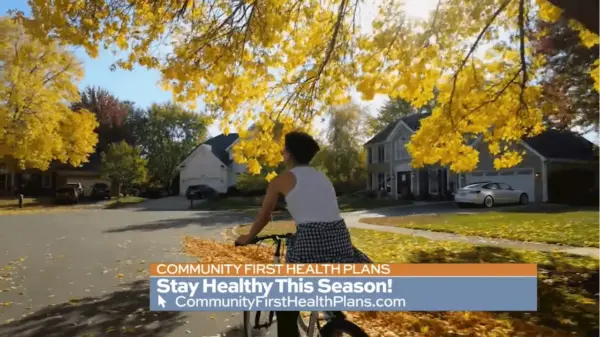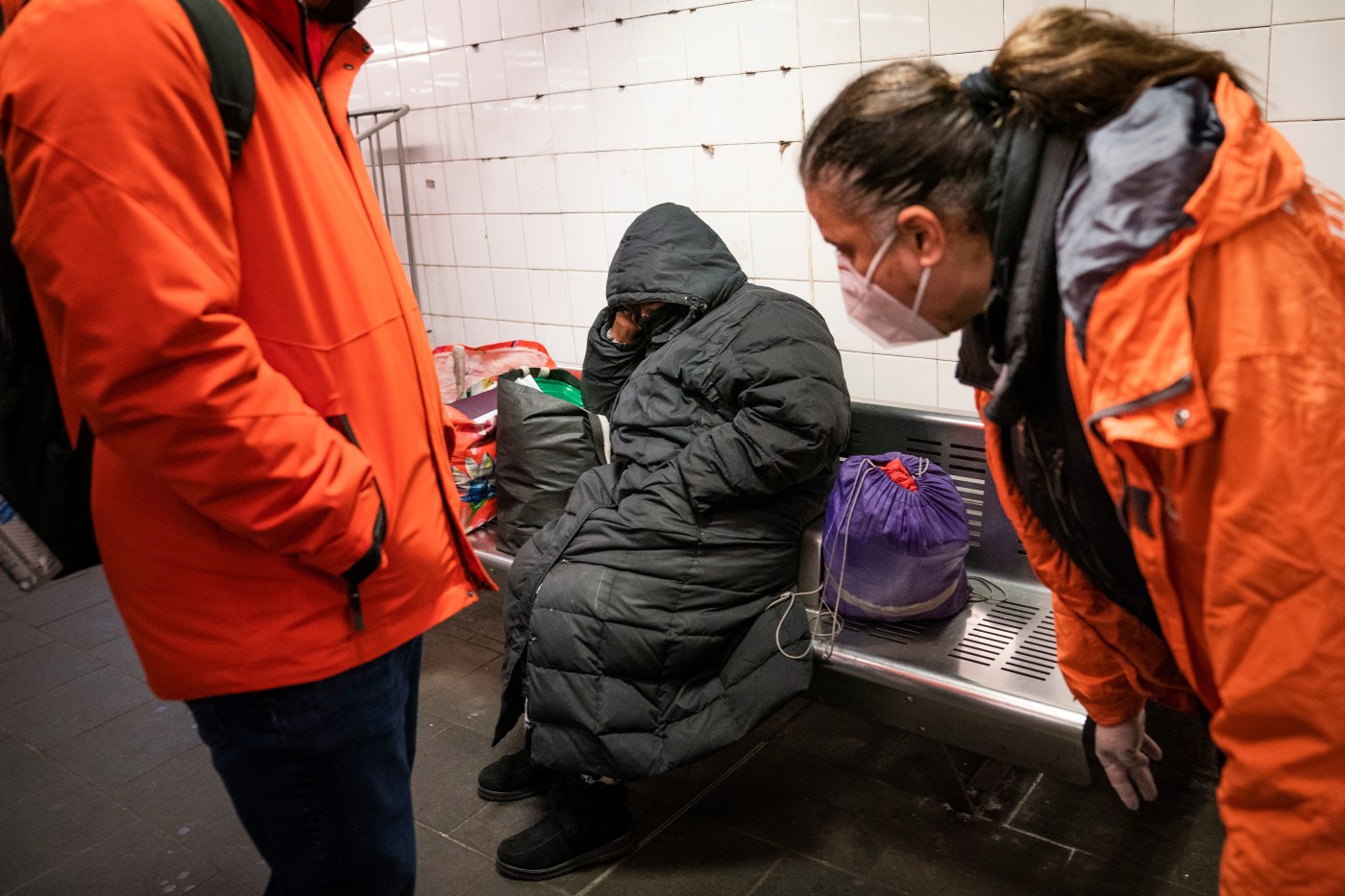Efforts are underway in New York to strengthen support systems for individuals struggling with addiction and exhibiting dangerous behaviors. Mayor Eric Adams aims to expand intervention measures that have already proven effective in addressing urgent situations involving those suffering from addiction on the streets and subways.
Current city and state programs have made significant strides in identifying individuals whose actions pose risks to themselves or others. Many of these individuals exhibit signs of untreated mental illness, which New York law now allows for intervention and treatment. However, the growing concern is that similar provisions for those dealing with addiction are lacking.
Many individuals struggling with substance use are often found in distressing situations, such as being unclothed in cold weather or engaging in erratic, potentially violent behavior. Once these individuals are brought in for evaluation, they may receive a diagnosis related to mental health but can quickly leave treatment after detoxification. This raises the concern that they may return to substance use, potentially endangering themselves or others in the process.
The distinction between mental illness and addiction is significant, but both can lead to dangerous behaviors. In the United States, 37 states, including Massachusetts, have laws that allow for individuals undergoing withdrawal to be held for treatment during this critical period. Mayor Adams advocates for similar legislation in New York, arguing that the state should have the authority to intervene effectively during the withdrawal phase.
Currently, New York City operates 17 Safe Options Support (SOS) teams managed by the New York State Office of Mental Health. These teams assist individuals experiencing chronic homelessness by providing access to permanent housing and support services. Additionally, the Subway Co-Response Outreach Teams (SCOUT), a collaborative effort between the city and the Metropolitan Transportation Authority (MTA), consists of clinicians and police officers who engage with vulnerable individuals in subway stations and on trains.
Another initiative, the Partnership Assistance for Transit Homelessness (PATH), employs nurses and outreach staff to work alongside transit police, conducting overnight patrols in specific subway stations. These various programs aim to ensure that individuals in need receive the care and support they deserve.
While these initiatives operate effectively, there is a pressing need for improved coordination among the various outreach teams to ensure comprehensive coverage across the city. Currently, overlaps can occur in service areas, potentially leaving some individuals without the assistance they need.
The law allows for medical intervention in cases of mental illness, even without the individual’s consent. Advocates argue that a similar approach should apply to addiction, which can also lead to harmful behaviors. The question remains: if people can receive necessary help in 37 states for addiction, why should New York lag behind?
As the city continues to address these critical issues, the call for enhanced support and treatment options for individuals struggling with addiction grows louder. The potential for change could lead to healthier outcomes, not only for those affected but also for the broader community.




